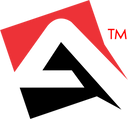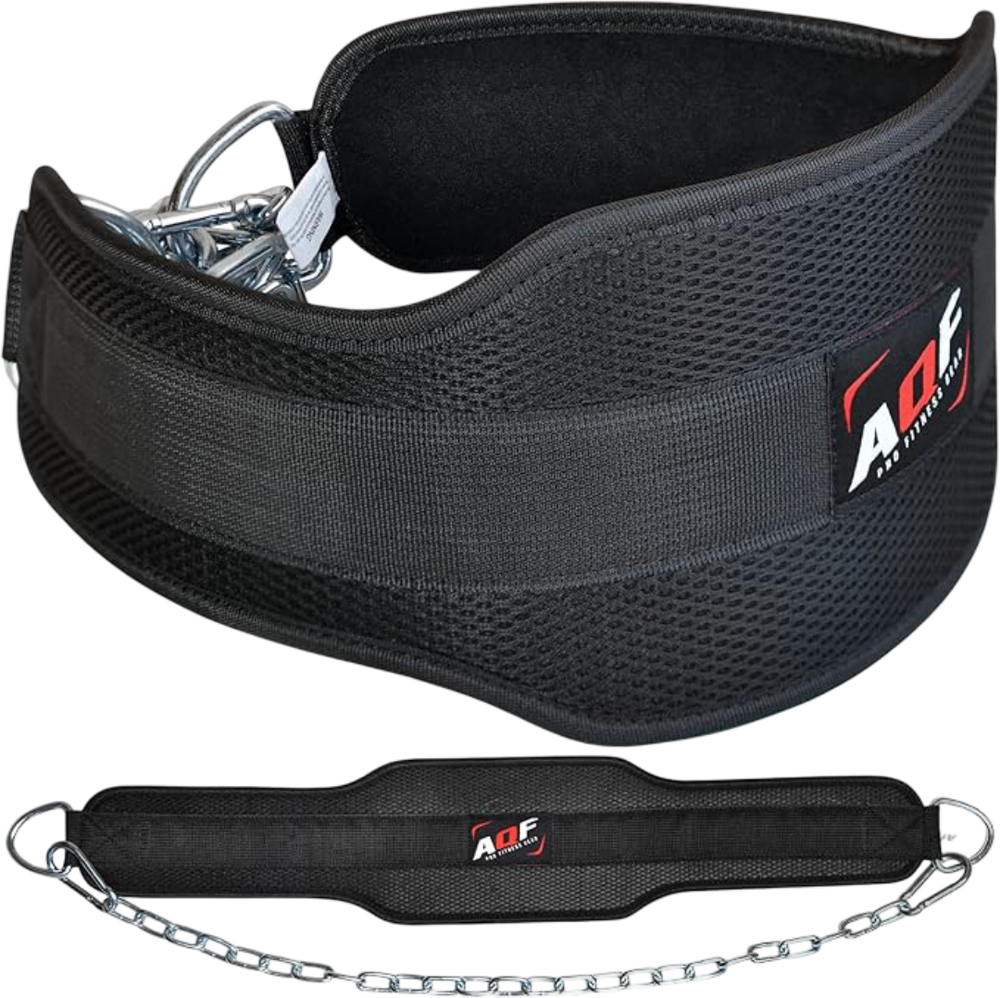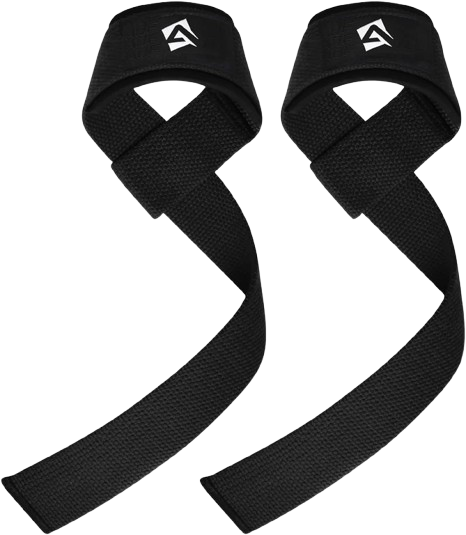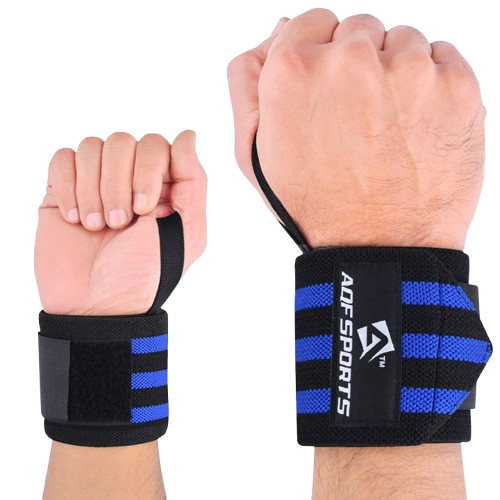Weightlifting Belt vs Dip Belt: What’s the Difference & When to Use Each?
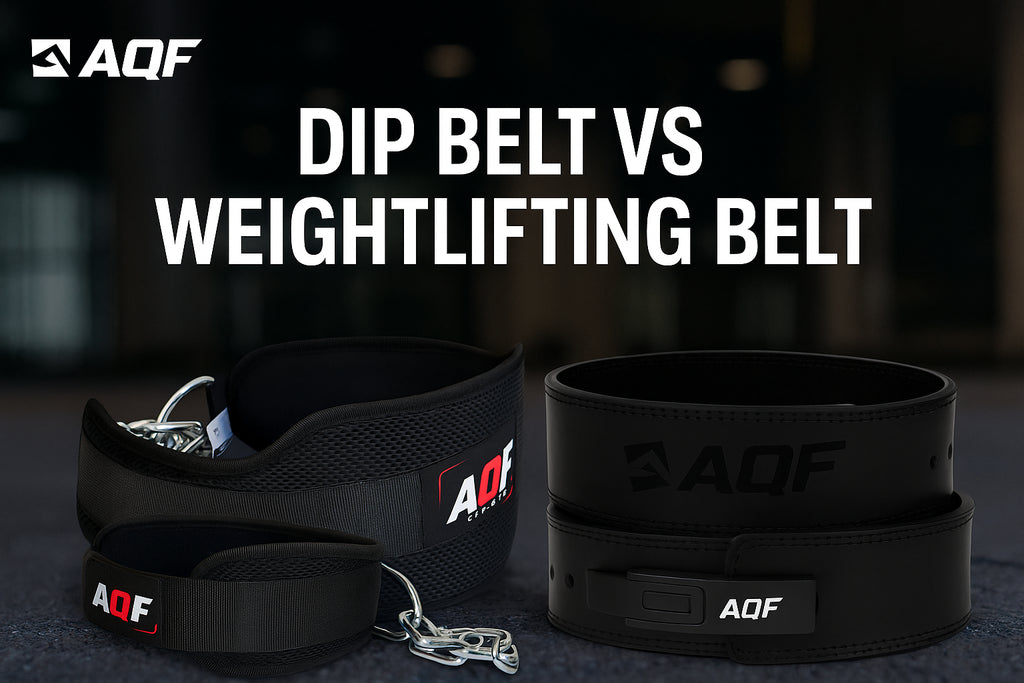
-
Weightlifting belt → helps you brace harder by increasing intra-abdominal pressure during heavy barbell lifts (squats, deadlifts, presses).
-
Dip belt → lets you add external load to bodyweight movements (pull-ups, dips, muscle-ups) without changing your natural movement pattern.
Use a lifting belt for heavy barbell efforts; use a dip belt to progress pull-ups/dips once bodyweight is easy. Many lifters benefit from both.
What is a Weightlifting Belt?
A weightlifting belt is a thick strap you wear around your lower back and stomach. It’s used mainly during heavy lifts like squats, deadlifts, and overhead presses.
Key Function
It increases the pressure inside your belly. This extra pressure helps keep your spine and core stable when lifting heavy weights.
A key study found that lifters wearing a belt had higher and earlier increased IAP during heavy lifts, which likely reduces spine stress and improves lifting safety. (PubMed)
Best for:
- Heavy squats, deadlifts, overhead presses
- Powerlifters and Olympic lifters
- Athletes who want to get very strong and avoid injuries
Common options
-
Closure: lever (fast, consistent), single/double prong (adjustable), Velcro/nylon (quick on/off, versatile).
-
Width/thickness: 4″ width is standard for squats/deads; 10–13 mm thickness for maximum rigidity.
-
Materials: leather (stiffer, durable) vs nylon (more flexible, comfortable for mixed training).
What is a Dip Belt?
A dip belt is made to add extra weight to bodyweight exercises like dips, pull-ups, and chin-ups. It has a chain or strap to hang weight plates or kettlebells. This allows athletes to add resistance to calisthenics-based training.
Key Function
It adds extra weight to pulling and pushing exercises without changing how your body moves naturally.
Research shows that training with weighted calisthenics improves muscle activation and hypertrophy without changing natural movement patterns. (ForceOfHabit)
Best for:
- Weighted pull-ups, dips, muscle-ups
- Gymnasts, calisthenics athletes, bodybuilders
- Athletes who want bigger upper muscles and want to take their training further
Weightlifting Belt vs Dip Belt: The Main Differences
|
Feature |
Weightlifting Belt |
Dip Belt |
|
Main Purpose |
Supports spine and core |
Adds weight for bodyweight exercises |
|
Best Exercises |
Squats, Deadlifts, Overhead Presses |
Pull-Ups, Dips, Muscle-Ups |
|
How It Works |
Raises pressure inside your belly (IAP) |
Adds extra weight for harder workouts |
|
Muscles Targeted |
Core, back muscles, stabilizers |
Back, chest, triceps, shoulders |
|
Usually Used By |
Powerlifters, Olympic lifters |
Bodybuilders, calisthenics athletes |
When to Use Each (with simple cues)
Weightlifting Belt
-
Great for: top sets, low-rep strength work, days you’re near technical limit.
-
Cues: If your form breaks from the midsection out (not legs), or bar path gets unstable, a belt may help you stay tighter.
-
Programming tip: Use it selectively (e.g., final 1–2 heavy sets) so you keep building raw bracing skills.
Dip Belt
-
Great for: when bodyweight sets are comfortable and you need more stimulus.
-
Starting loads: +5–10 kg; add 2.5–5 kg as reps hit your target range.
- Setup tip: Aim for chain length that positions the plate mid-thigh to knee height at the bottom—long enough to avoid plate contact, short enough to keep the centre of mass close.
Can You Use Both?
Yes! Many experienced lifters use both belts. For example:
- Wear a weightlifting belt for heavy squats and deadlifts to protect your back.
- Use a dip belt to add extra weight during pull-ups or dips to build muscle.
Common Mistakes (and quick fixes)
-
Lifting belt too loose/tight: You should be able to draw a big breath and press your 360° torso into the belt firmly.
-
Relying on the belt 24/7: Keep plenty of belt-less work to develop baseline bracing.
-
Dip belt chain too short: Causes plate to hit your thighs/knees - extend one link or use a longer strap.
- Jumping weight too fast on dips/pull-ups: Progress in small steps to protect shoulders and elbows.
Frequently Asked Questions
1. Do beginners need a weightlifting belt?
Not immediately. Build bracing and technique first; add a belt when you’re approaching heavier intensities.
2. Can a dip belt cause back pain?
If you use it the right way and increase weight slowly, dip belts are safe. But adding too much weight too fast or bad form can hurt your back or shoulders.
3. How much weight can a dip belt hold?
Most good dip belts can safely carry 80-90kg (around 180-200 pounds). Advanced lifters often use this much weight.
4. Do weightlifting belts make your core weaker?
No. Belts help your core work better during heavy lifts but don’t make your natural strength weaker. You still need to train your core without a belt.
5. Which belt is better for building muscle?
The dip belt is better for muscle growth because it helps you add weight to bodyweight exercises. The weightlifting belt mostly helps with strength and injury prevention, which also supports muscle gain by letting you lift heavier.
Quick chooser
-
Chasing a stronger squat/deadlift? Start with a weightlifting belt.
-
Want bigger, stronger pull-ups/dips? Get a dip belt.
- Serious about overall strength? Use both, purpose-built for their jobs.


